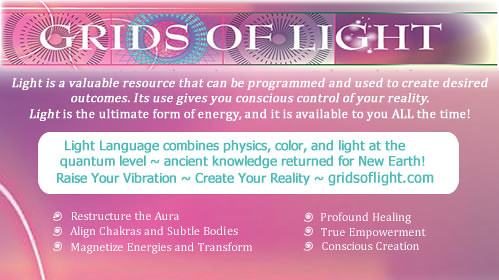
- Font:
Check out the eastern sky just after sunset tomorrow (Sept. 22), and you'll catch a skywatching treat. The nearly full moon will be rising just above the bright planet Jupiter and a somewhat dimmer Uranus.
You'll need binoculars if you hope to spot Uranus — it appears as a tiny bluish speck, too dim for the naked eye. So the coming celestial lineup is an excellent time to find that planet with binoculars or a small telescope, using Jupiter as a helpful guidepost.
This sky map shows where to spot the moon, Jupiter and Uranus this week.
Skywatching marathon Several astronomical events happen in rapid succession this week, offering a celestial show for observers graced with clear skies. The times indicated here are for eastern North America and may vary a little if you’re elsewhere in the world:
- Today (Sept. 21) at 8 p.m. EDT (1200 GMT), Jupiter is in opposition. This means that Jupiter will be exactly opposite the sun in Earth’s sky. This also means that Jupiter will be visible the entire night. (Yesterday — Sept. 20 — Jupiter made its closest approach to Earth in nearly 50 years.)
- Five hours later, at 1 a.m. tomorrow (Sept. 22), Uranus will be in opposition, taking its turn opposite the sun in the sky.
- Later tomorrow at 3 p.m., Jupiter and Uranus will be in conjunction, less than 1 degree apart in the sky. They won’t be visible right then in North America because they will be below the horizon, but they will still be close together when they rise just after sunset. You will be able to see both planets at the same time in the field of a small telescope at low magnification.
- The show continues tomorrow night at 11:09 p.m. EDT (0309 GMT Thursday, Sept. 23), when the sun crosses the celestial equator — a projection of Earth's equator on the sky — and enters the southern hemisphere. This is known as the equinox, meaning "equal nights." Daytime and nighttime are of equal length, about 12 hours, everywhere on Earth. (Of course, the sun won’t be visible at this time in North America, being on the other side of the planet.)
- Finally, at 5:17 a.m. EDT (0917 GMT) Thursday, the full moon of September will occur, since the moon will be exactly opposite the sun in the sky. This is a special full moon: It is the full moon closest to the equinox, known as the harvest moon.
So we have two planets and the moon directly opposite the sun within a two-day period. This means that all three will be grouped closely together in the sky.
When to see them The best night to observe the moon, Jupiter and Uranus will be tomorrow, weather permitting.


No comments:
Post a Comment